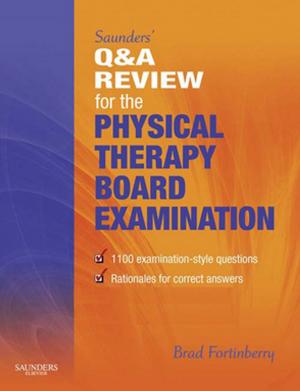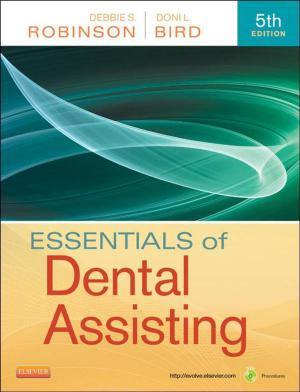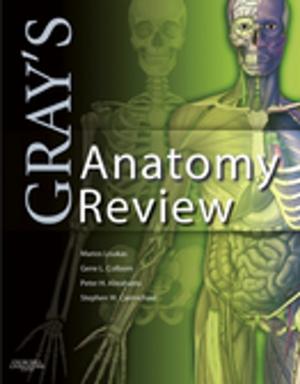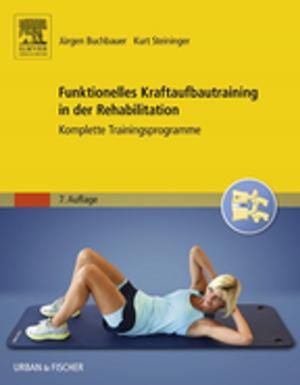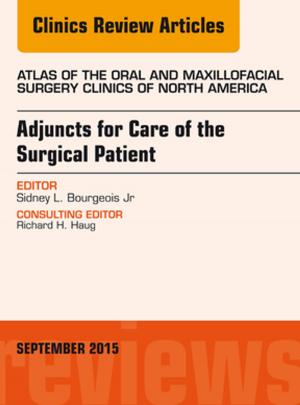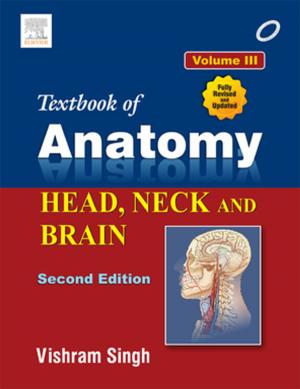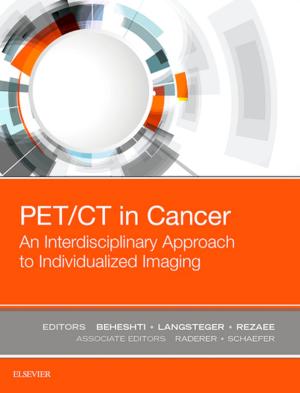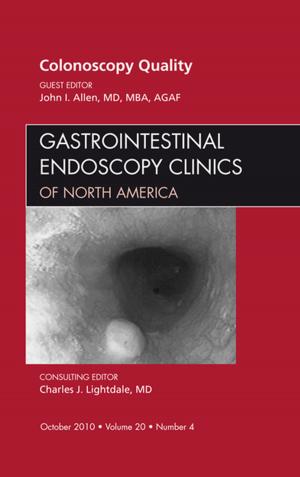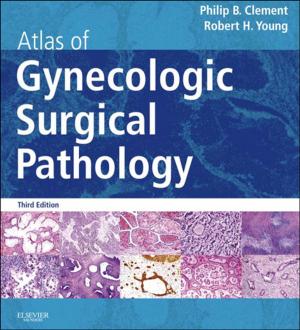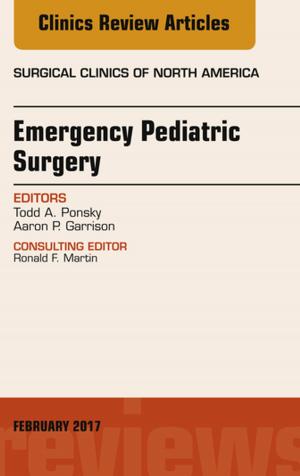Pathology and Intervention in Musculoskeletal Rehabilitation - E-Book
Nonfiction, Health & Well Being, Medical, Allied Health Services, Physical Therapy| Author: | David J. Magee, BPT, PhD, CM, James E. Zachazewski, PT, DPT, SCS, ATC, William S. Quillen, PT, PhD, SCS, FACSM, Robert C. Manske, PT, DPT, SCS, MEd, ATC, CSCS | ISBN: | 9780323310734 |
| Publisher: | Elsevier Health Sciences | Publication: | November 3, 2015 |
| Imprint: | Saunders | Language: | English |
| Author: | David J. Magee, BPT, PhD, CM, James E. Zachazewski, PT, DPT, SCS, ATC, William S. Quillen, PT, PhD, SCS, FACSM, Robert C. Manske, PT, DPT, SCS, MEd, ATC, CSCS |
| ISBN: | 9780323310734 |
| Publisher: | Elsevier Health Sciences |
| Publication: | November 3, 2015 |
| Imprint: | Saunders |
| Language: | English |
Design and implement a rehab program on your own with Pathology and Intervention in Musculoskeletal Rehabilitation, 2nd Edition. Part of Magee’s popular Musculoskeletal Rehabilitation Series, thispathology text for physical therapists provides clear guidance on patient management relative to specific musculoskeletal pathology, injury, and illness — all based on a sound understanding of basic science and principles of practice. It focuses on the specific pathologies most often seen in the clinic, and discusses the best methods for intervention for the different areas of the body in the context of the tissue-healing model. Each intervention features a rationale, along with the pathology and problem presented; stage of healing; evidence in the literature; and clinical reasoning considerations.
- Dedicated and focused information on the specific pathologies most often seen in the clinic, as well as the best methods for intervention for the different areas of the body, minimizes duplication of information by referring you to other titles in the Musculoskeletal Rehabilitation Series for basic scientific information regarding inflammation, healing, tissue deformation, and the development of muscular strength and endurance.
- Trusted experts in musculoskeletal rehabilitation, along with internationally recognized contributors, present the best evidence behind contemporary interventions directed toward the treatment of the impairments and functional limitations associated with acute, chronic, and congenital musculoskeletal conditions occurring across the lifespan.
- Evidence-based content, with over 4,000 references, supports the scientific principles for rehabilitation interventions, providing the best evidence for the management of musculoskeletal pathology and injury.
Design and implement a rehab program on your own with Pathology and Intervention in Musculoskeletal Rehabilitation, 2nd Edition. Part of Magee’s popular Musculoskeletal Rehabilitation Series, thispathology text for physical therapists provides clear guidance on patient management relative to specific musculoskeletal pathology, injury, and illness — all based on a sound understanding of basic science and principles of practice. It focuses on the specific pathologies most often seen in the clinic, and discusses the best methods for intervention for the different areas of the body in the context of the tissue-healing model. Each intervention features a rationale, along with the pathology and problem presented; stage of healing; evidence in the literature; and clinical reasoning considerations.
- Dedicated and focused information on the specific pathologies most often seen in the clinic, as well as the best methods for intervention for the different areas of the body, minimizes duplication of information by referring you to other titles in the Musculoskeletal Rehabilitation Series for basic scientific information regarding inflammation, healing, tissue deformation, and the development of muscular strength and endurance.
- Trusted experts in musculoskeletal rehabilitation, along with internationally recognized contributors, present the best evidence behind contemporary interventions directed toward the treatment of the impairments and functional limitations associated with acute, chronic, and congenital musculoskeletal conditions occurring across the lifespan.
- Evidence-based content, with over 4,000 references, supports the scientific principles for rehabilitation interventions, providing the best evidence for the management of musculoskeletal pathology and injury.

